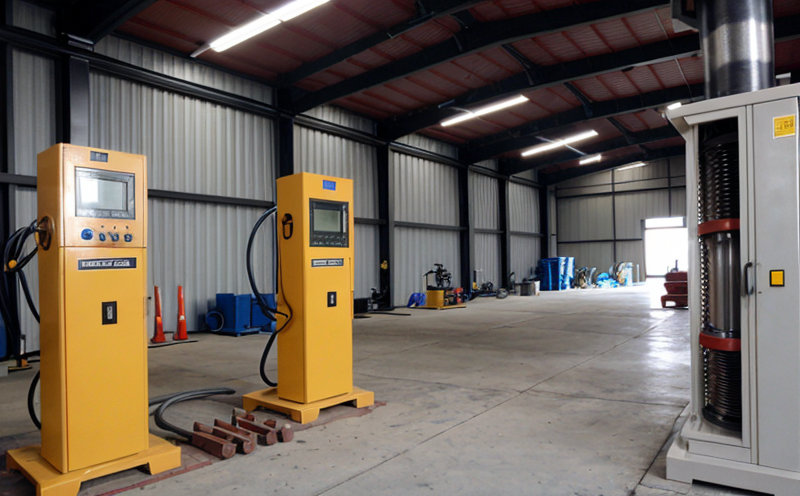ASTM D642-17 Compression of Corrugated and Rigid Boxes
The ASTM D642-17 standard is a crucial test method used to evaluate the mechanical strength of corrugated and rigid boxes. This test ensures that packaging materials can withstand compressive forces, which are essential for protecting products during transport.
The ASTM D642-17 test involves placing the specimen in a compression testing machine, applying force until failure occurs. The standard specifies detailed procedures on how to prepare the specimens and conduct the test accurately. Compliance with this standard is important for ensuring that packaging meets industry quality standards and can handle real-world conditions.
The test setup includes a rigid box filled with either sand or another suitable material. The box is then placed between two plates in the compression testing machine, which applies force perpendicular to one of the surfaces of the box until it fails under load. The standard provides specific dimensions for the specimens and the rate at which loading should be applied.
The results from ASTM D642-17 are critical for quality managers and compliance officers as they ensure that packaging is robust enough to protect products during transportation. R&D engineers rely on these tests to improve material selection and design, while procurement teams use the outcomes to source appropriate materials and suppliers.
The standard also includes acceptance criteria based on the percentage of failure load relative to the specified nominal crush strength value. This ensures that boxes are not only strong enough but also provide consistent performance across different batches.
Industry Applications
The ASTM D642-17 test is widely used in various industries where product protection during transport is critical. For instance, the food and beverage sector relies heavily on this standard to ensure that containers can endure the stresses of distribution without compromising the integrity of the products inside.
In the pharmaceutical industry, ensuring the physical integrity of packaging is paramount due to the high value and sensitivity of the contents. The test helps in selecting materials that meet regulatory requirements for both safety and efficacy.
The electronics sector also benefits from this standard as it ensures that delicate components are well-protected during shipment. By meeting ASTM D642-17, manufacturers can guarantee that their products arrive undamaged, maintaining the quality and performance expected by end-users.
Logistics companies use these tests to optimize their supply chains, ensuring that the packaging they select is capable of withstanding various environmental conditions encountered during delivery. This not only enhances product protection but also contributes to operational efficiency and cost savings.
Quality and Reliability Assurance
The ASTM D642-17 test is a cornerstone in the quality assurance process for packaging materials. By subjecting specimens to controlled compressive forces, manufacturers can identify any weaknesses or inconsistencies in their products early on.
Compliance with this standard ensures that all batches of corrugated and rigid boxes meet specified mechanical strength requirements. This reliability is crucial for maintaining a consistent quality level across production runs, which ultimately enhances customer satisfaction and trust.
The test also helps in identifying potential areas for improvement in the manufacturing process. By analyzing failure patterns or load capacities, engineers can refine their designs to better suit real-world conditions. This continuous improvement cycle contributes significantly to the overall quality and reliability of packaging materials.
International Acceptance and Recognition
The ASTM D642-17 standard is internationally recognized, ensuring that test results are valid across different geographical locations. This global acceptance fosters a harmonized approach to packaging design and quality assurance.
Many countries have adopted ASTM standards as their national standards due to the robustness of these tests. For instance, ISO 287-1:2019 aligns closely with ASTM D642-17 in terms of compressive testing methodologies for corrugated containers.
Recognizing the importance of consistent quality across international borders, organizations like the European Committee for Standardization (CEN) and the International Organization for Standardization (ISO) have endorsed this standard. This recognition underscores the significance of ASTM D642-17 in ensuring that packaging meets global standards.





